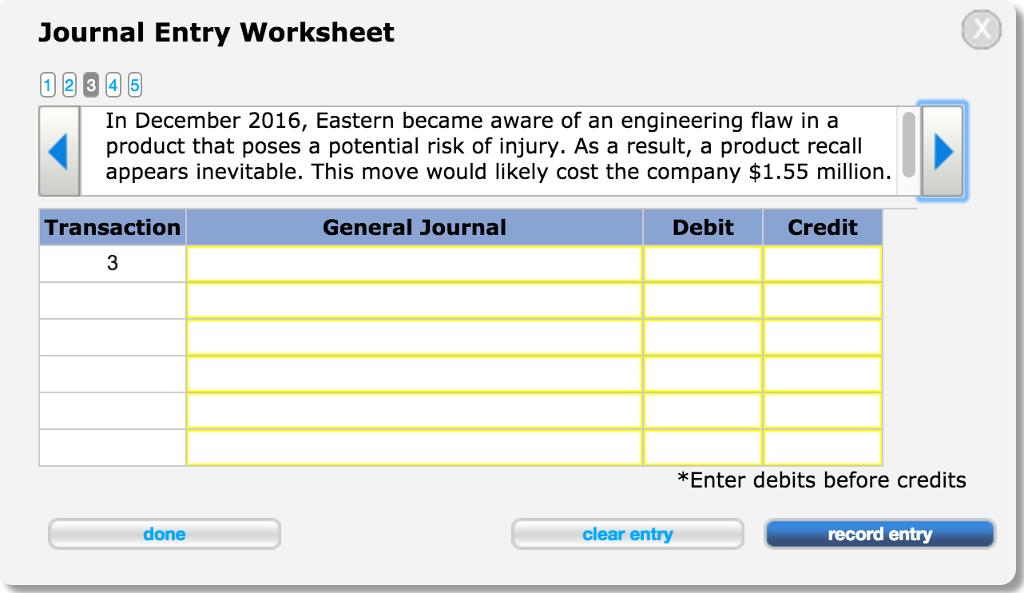

This argument doesn't repair errors involving FILESTREAM data. This option may include quick repairs, such as repairing missing rows in nonclustered indexes, and more time-consuming repairs, such as rebuilding an index. Performs repairs that have no possibility of data loss. Maintains syntax for backward compatibility only.
Databusterz cc check full#
ldf), and other containers that form the database including full text catalogs, file stream folders, memory optimized data, and so on.īefore performing the repair, consider changing the state of the database to EMERGENCY mode and trying to extract as much information possible from the critical tables and save that data. The user must inspect the referential integrity of their database (using DBCC CHECKCONSTRAINTS) after using the REPAIR_ALLOW_DATA_LOSS option.īefore performing the repair, you must create physical copies of the files that belong to this database. Therefore, referential integrity may not be accurate after any rows or pages are deallocated because foreign key constraints are not checked or maintained as part of this repair operation. Any deallocated data is no longer accessible or recoverable for the user, and the exact contents of the deallocated data cannot be determined.
Databusterz cc check series#
It is an emergency last resort option recommended for use only if restoring from a backup isn't possible.Ĭertain errors, that can only be repaired using the REPAIR_ALLOW_DATA_LOSS option, may involve deallocating a row, page, or series of pages to clear the errors. The REPAIR_ALLOW_DATA_LOSS option isn't an alternative for restoring from a known good backup. Microsoft always recommends a user restore from the last known good backup as the primary method to recover from errors reported by DBCC CHECKDB. In fact, it may result in more data lost than if a user were to restore the database from the last known good backup. If successful, the REPAIR_ALLOW_DATA_LOSS option may result in some data loss. The REPAIR_ALLOW_DATA_LOSS option is a supported feature but it may not always be the best option for bringing a database to a physically consistent state. Transact-SQL syntax conventions Syntax DBCC CHECKDB If data integrity issues occur in a memory-optimized table, you must restore from the last known good backup. Since DBCC repair options aren't available for memory-optimized tables, you must back up your databases regularly and test the backups. However, as part of database backup and recovery, a CHECKSUM validation is done for files in memory-optimized filegroups. For more detailed information about the checks that these commands perform, see the descriptions of these commands.ĭBCC CHECKDB is supported on databases that contain memory-optimized tables but validation only occurs on disk-based tables. This means that the DBCC CHECKALLOC, DBCC CHECKTABLE, or DBCC CHECKCATALOG commands don't have to be run separately from DBCC CHECKDB. Validates the Service Broker data in the database.Validates link-level consistency between table metadata and file system directories and files when storing varbinary(max) data in the file system using FILESTREAM.Validates the contents of every indexed view in the database.

Runs DBCC CHECKCATALOG on the database.Runs DBCC CHECKTABLE on every table and view in the database.Applies to: SQL Server Azure SQL Database Azure SQL Managed InstanceĬhecks the logical and physical integrity of all the objects in the specified database by performing the following operations:


 0 kommentar(er)
0 kommentar(er)
